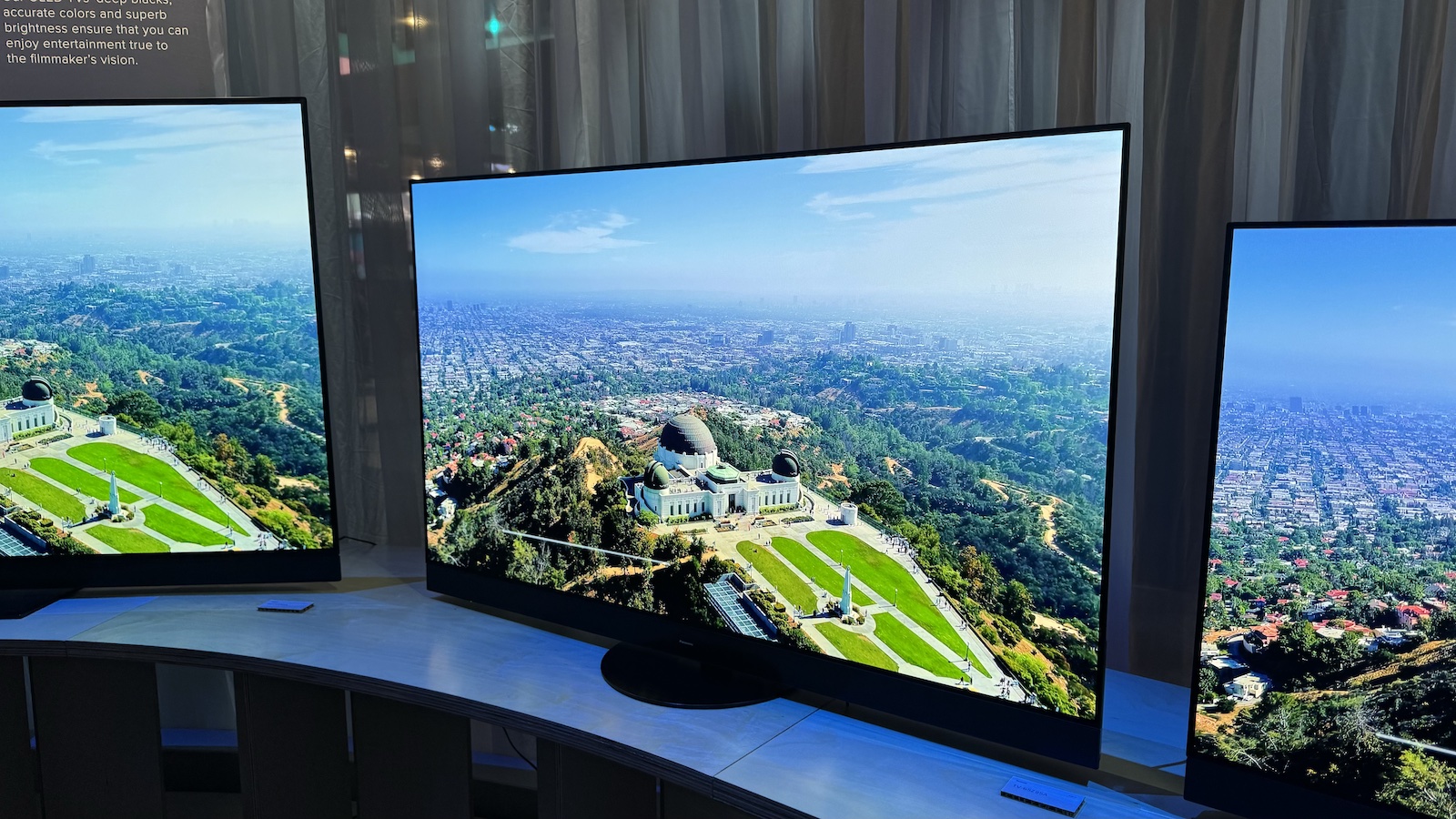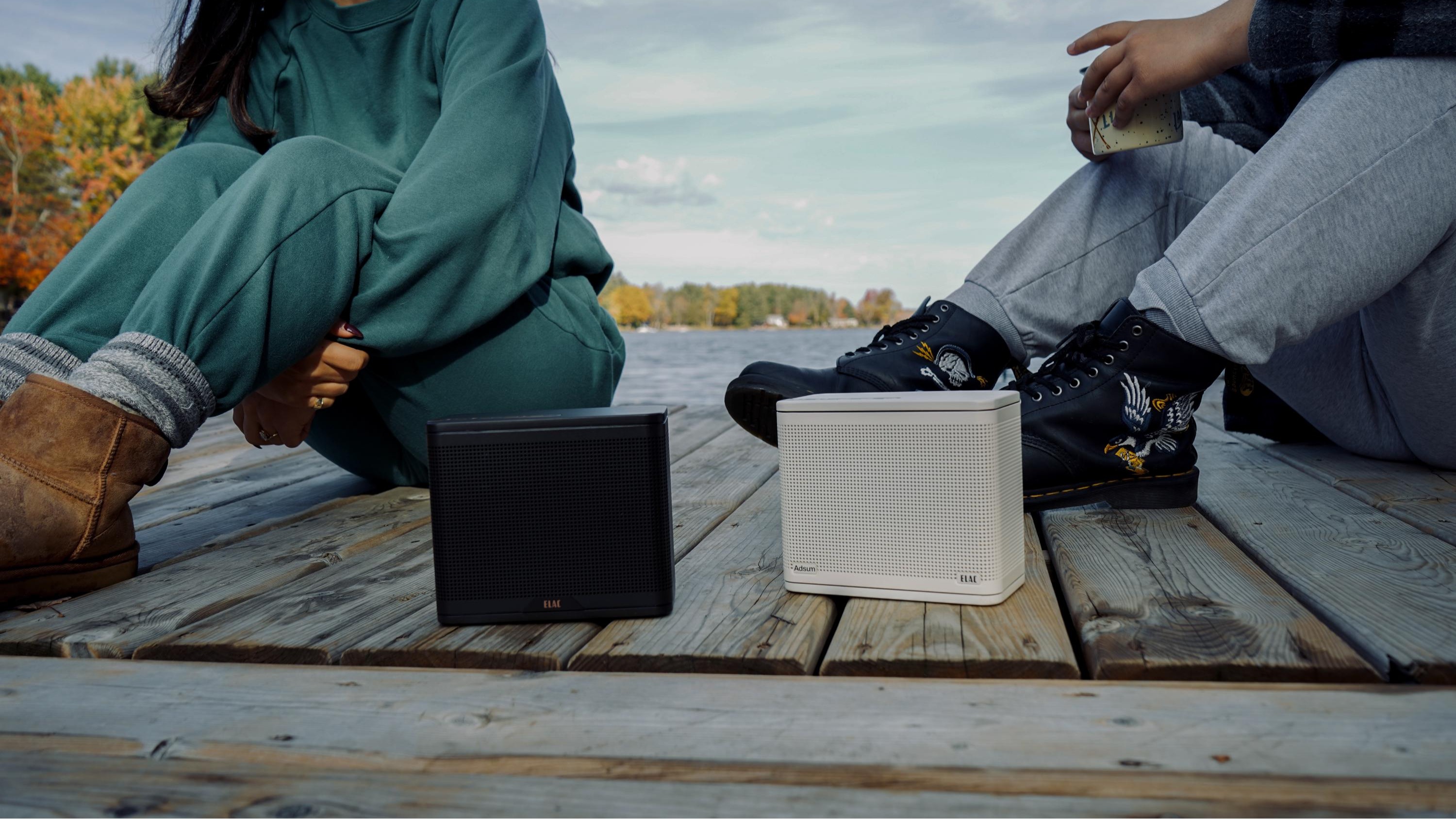US cinephiles assemble: Panasonic's Hollywood-approved OLED TVs are finally coming your way
Panasonic's 2024 OLED TVs and its new Mini LED model are now available in the States

It might be the European-focused IFA week, but Panasonic has just announced some big news for the US. Ten years after it stopped selling TVs in the good ol' US of A, the company's 2024 models will be getting a Stateside release. In fact, they will be going on sale at retailers including Amazon and Costco today – they may even be available by the time you read this story.
So, which Panasonic models are getting a US launch? It's the Z95A flagship MLA OLED with the fancy Dolby Atmos speaker system, the step-down Z85A 'standard' OLED (the Z90A isn't included in the US lineup) and the W95A Mini LED model. In the US, the Z95A will only be available as a 65-inch model, the Z85A will be available in 55- and 65-inch versions, and the W95A will be in 55-, 65-, 75- and 85-inch sizes.
The only differences between the US and UK versions of the above TVs are that the US models will come with a Fire TV Stick-style remote control rather than the more typical TV zapper of the UK, and that the US models will also get support for the ATSC 3.0 broadcasting standard via a post-launch software update. Otherwise, the sets will apparently be identical.
The move seems to have been brought on at least in part by Panasonic's switch away from its own My Home Screen operating system and over to Fire TV. Getting agreements in place to feature all of the necessary streaming apps for each region is a real headache for TV brands, and one assumes it was a major obstacle for a brand the size of Panasonic. The switch to Fire TV, though, presumably means all of that hard work is done by Amazon. So Panasonic can focus on what it does best – producing some of the most impressive and cinematically authentic TVs available – and it can now get those TVs to a far larger audience.
Panasonic has long had close ties with Hollywood, in particular with legendary colourist Stefan Sonnenfeld and his hugely influential studio Company3, which handles a vast portion of the big movies and TV shows that are released in cinemas and on streaming and which exclusively uses Panasonic OLED TVs as its client-facing reference monitors.
It always seemed odd that the TVs used in the mastering of so many Hollywood movies weren't available to buy in the US, so it's good to see that wrong being righted. Panasonic also believes that this Hollywood connection means there's a 'strong latent demand' for its TVs in the US.
As Panasonic's Paul Williams put it to me during a briefing call, "It's not a great secret that the reason that we retired from the United States market was because we didn't think that we were able to offer something that the United States consumers wanted at that time. I think things have changed. I think there is an appetite in the United States for TVs which really do focus on delivering really accurate picture quality, a really premium experience."
The latest hi-fi, home cinema and tech news, reviews, buying advice and deals, direct to your inbox.
As for what this means for those of us in the UK, it's initially little to nothing. However, increased sales for Panasonic will hopefully lead to greater investment in future products. Truth be told, there was a time not long ago when many thought Panasonic might pull out of the TV business altogether, which would have been a great shame for those of us who appreciate its approach to picture quality. By instead returning to a huge territory, it seems likely that we'll all be able to buy Panasonic TVs for many years to come, and perhaps the company will be able to afford to be even more ambitious with its new models in the future.
MORE:
Worth getting excited for? Here's our hands-on with the Panasonic Z95A
These are the best TVs you can buy right now
And here are the best TV deals
Tom Parsons has been writing about TV, AV and hi-fi products (not to mention plenty of other 'gadgets' and even cars) for over 15 years. He began his career as What Hi-Fi?'s Staff Writer and is now the TV and AV Editor. In between, he worked as Reviews Editor and then Deputy Editor at Stuff, and over the years has had his work featured in publications such as T3, The Telegraph and Louder. He's also appeared on BBC News, BBC World Service, BBC Radio 4 and Sky Swipe. In his spare time Tom is a runner and gamer.

